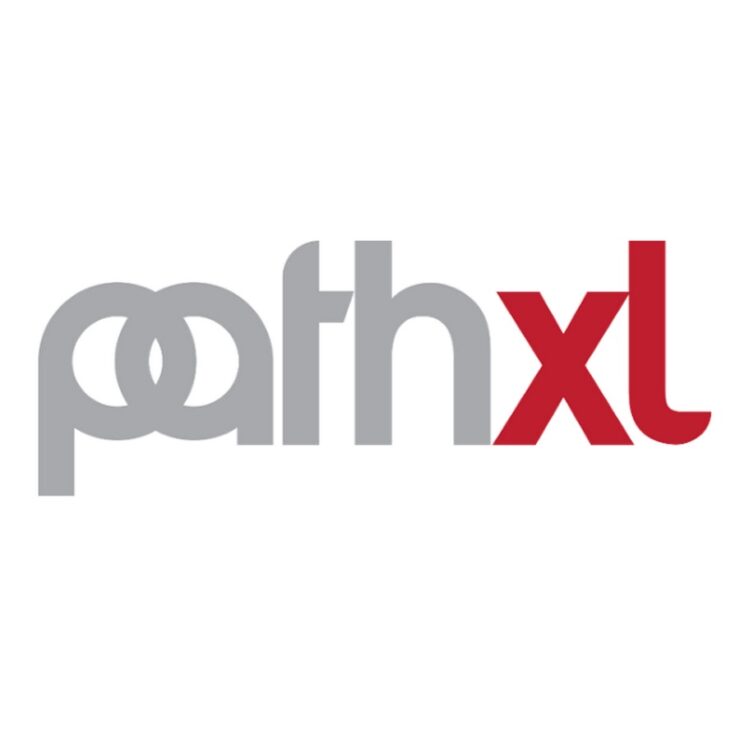PathXL
This post is also available in: Nederlands (Dutch)
PathXL enables digital microscopy by offering slides (very thin slices of tissue) digitised. The slides are scanned and offered to the student as a URL. Therefore, the slides can be viewed online and no longer require a microscope. This allows students to prepare a practical, perform the practical digitally and/or view the slides outside the lessons. Teachers are no longer tied to practical rooms with available microscopes or to limited numbers of physical slides.
In education, digitized sections in PathXL can be used in several ways:
- Practicum via computer instead of microscope. Everyone views the same slide; this allows students to look at structures together and be better guided in doing so.
- Inclusion in an e-module that replaces practicum with self-study. Viewing the digital sections is then part of this e-module. Check out this example of how PathXL is used in an e-module developed in Xerte.
Want to know more about this tool? Please contact cpio@uu.nl.
After you have requested PathXL, you will receive instructions on how to use it.
- How can I (have) my slides digitised?
The slides are scanned at the Pathology Department of the UMC. The slides can be offered to the CPIO (cpio@uu.nl, Kruyt Building Z406) and are then usually scanned and available within a week. The CPIO will also want to know the data (‘metadata’) of these slides to organize the digital files in the best way.
- What requirements do slides have to meet?
Most slides are already old enough that they will need to be scanned by hand. Their dimensions will be off, or the preparation will have lost too much colour to allow for automatic scanning. It may be helpful to put a new piece of cover glass on the slide if the light got to it.
- At what resolution are they scanned, and what options does the student have for viewing?
A standard scan is performed at 40x magnification, at a resolution of 0.2 to 0.5 microns per pixel (resulting in an image of about 20,000 by 20,000 pixels). The student can zoom into and move around the image.
It is also possible to scan multiple layers (Z-stack). This will allow students to quickly switch between layers, looking deeper into the slide. Bear in mind that each additional layer will increase the file size. If you want multiple layers of your slides scanned, please specify the number of layers and each layer’s depth.
Fluorescent slides can also be scanned. The different colour channels will be viewable separately.Students can rotate the image, measure distances and surface areas, and compare slides side by side.
Students can also view the slide’s label, though unfortunately the labels on old slides are often illegible or only partially scanned.
The teacher can add notes, arrows, circles, and explanations to digital slides, which can help students make the most of a slide.
- Who else can access my slides?
This can be indicated when scanning in. Some materials (e.g., from patients) can be made available with a password. Normally, all materials will be available to UU (Utrecht University) staff. Changes (such as annotations) can only be made by the owner of the coupes.
- Can I use slides that have already been digitized by others?
That is certainly the intention. There are advanced plans for a searchable database of all slides at the library, but until then it is advisable to contact the CPIO to find slides that might be of interest. Several scans have now been made with the following topics:
- Endocrinology (pancreas, adrenals, testes, ovary, thyroid, pituitary)
- Developmental biology (chicken, hamster, zebrafish)
- Plant biology
- Animal physiology (kidney, bone, skin, endothelium, mesentery of different animal species)
- Veterinary medicine (skin, respiration, digestion, both physiology and pathology)
Example Faculty of Veterinary Medicine: Learning to recognise tissue types with PathXL

